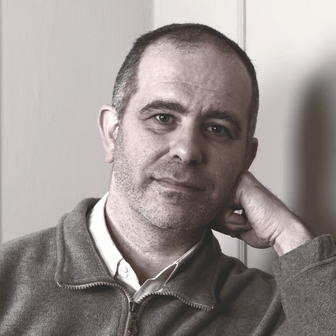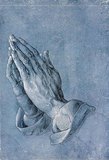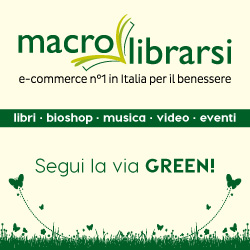Catholicism
Catholic doctrine sees Jesus Christ as the
founder of a visible society, the Church. At the head of this, we
find Peter, whose successors, the popes, inherit
his prerogatives and supremacy, based on the teachings of Jesus
Christ:
“Thou art Peter, and upon this rock I will build
my Church, and the gates of hell shall not
prevail against it. And I will give unto thee the keys of the
kingdom of heaven: and whatsoever thou shalt bind on earth shall be
bound in heaven, and whatsoever thou shalt loose on earth shall be
loosed in heaven.”
(Matt. 16:18-19).
The infallible church; that which Catholic doctrine sees
as “infallibility” of the papal Church, was recognized
by the Vatican I Council in 1870. The Church is
custodian and interpreter of relative truth, expressed in the Holy
Scriptures, that is the Old and New Testament, contained according
to Catholic doctrine even in tradition, seen as
having authority equal to that of the Bible, according to the
definition of the Council of Trent that opposed Protestantism which
had negated it of authority.
The fundamental dogmas of Catholicism are:
the mystery of the
Trinity, death and resurrection of Jesus Christ Son of God, that of
the incarnation, the transmission of Adam's original sin to
all of his descendants, and the Redemption carried out by
Christ's becoming man for the salvation of humanity.
Privileges of the Redemption are applied to men by means of the
sacraments, through an external and material symbol which gives
supernatural grace.
The sacraments founded by Jesus Christ, are seven: baptism,
confirmation, Holy Communion, penitence, last rites, holy orders,
marriage.
They coincide with the different phases of the supernatural
life. These are managed by the Church,
who, in the sacramental work expresses its true face of religious
society of divine matrix, ordained to the salvation of its
members. In this perspective she is a
true agnostic body of Christ, his “after-effect” in
time and space.
All of that expresses itself with the Eucharistic
sacrifice, called Mass since the
5th century, with the repetition of the last supper,
where Jesus simplified his own sacrifice. Based on his words, pronounced later by priests
during the “Holy Mass”, the bread and the wine
transform themselves, according to Catholic doctrine, into his body
and his blood. (Transubstantiation).
The effort, often laborious and difficult, made by the Catholic
church in order to truly be such, that is universal in the true
sense, seemed to accentuate itself and culminated in the Vatican II
Council: this in a certain sense ended the age of dilacerations, which geographically limited
Catholicism (East-West Schism in the 11th century,
Protestantism in the 16th century), and the fight with
other Christian confessions, proposing again the problem in renewed
terms, overbearing for every Christian, of church unity, first
necessary step toward the fulfilment of the vow of Christ,
which is nothing more than “one
flock and one shepherd.”

Ciao,
mi chiamo Stefano.
Piemonte Sacro è la mia passione dal 2001.
AIUTA il progetto Piemonte Sacro a crescere
DONA SOLO 2 euro! Te ne sarò GRATO .




